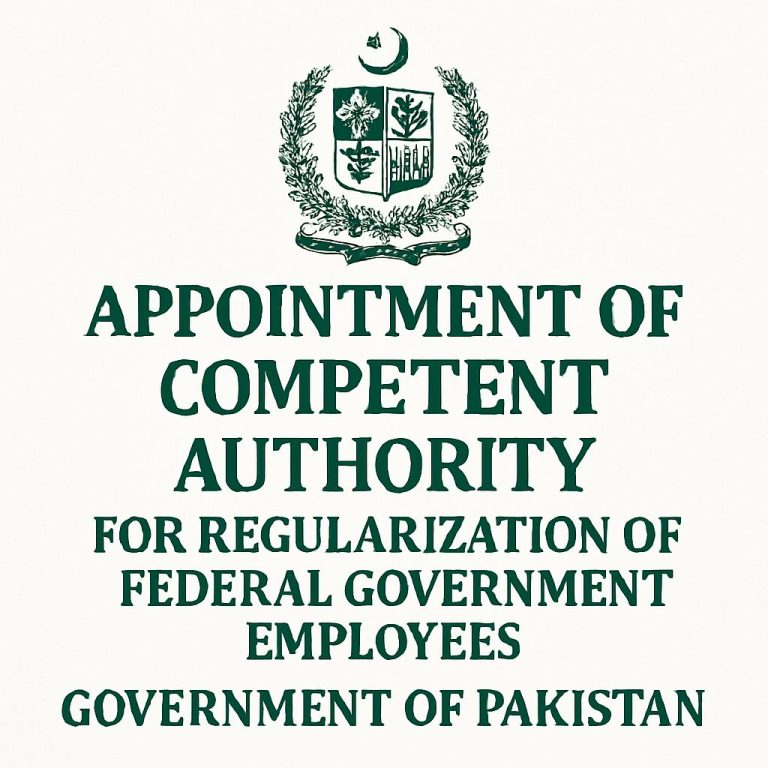
Learn how to create an effective financial plan for business success. Discover essential strategies for managing cash flow, budgeting, and forecasting to ensure long-term growth.
Introduction
Financial planning is one of the cornerstones of business success. Whether you’re running a small startup or managing a large corporation, a solid financial plan helps you manage your resources efficiently, avoid unnecessary risks, and ensure sustainable growth. Without proper financial planning, even the best business ideas can falter under the weight of poor money management. This article will explore the key elements of financial planning and provide practical steps to help you achieve long-term business success.
The Importance of Financial Planning
Financial planning involves more than just managing expenses; it’s about strategically using your business resources to reach your goals. A well-thought-out financial plan allows you to allocate funds to critical areas, prepare for unexpected financial challenges, and track your progress toward achieving long-term success. It serves as a roadmap for your business, guiding decision-making and ensuring your goals are financially achievable.
Without a clear financial strategy, businesses risk running out of cash, failing to pay bills, or missing out on growth opportunities. Planning ahead also gives you a competitive advantage, allowing you to adjust to market changes, invest in innovation, and weather economic downturns.
Key Elements of Financial Planning for Business Success
A comprehensive financial plan covers several key components, each of which is vital to your business’s overall health and growth. These include budgeting, cash flow management, forecasting, and more.
1. Set Clear Financial Goals
The first step in any financial plan is to define your business’s financial goals. These goals could be short-term (like increasing monthly sales) or long-term (like expanding into new markets or launching a new product line). Clear financial goals give you something to work toward and help you prioritize where to invest your resources.
Ensure your goals are SMART—Specific, Measurable, Achievable, Relevant, and Time-bound. For example, rather than simply saying, “I want to increase sales,” say, “I want to increase sales by 20% over the next 12 months by expanding our product offerings.”
2. Create a Realistic Budget
A budget is the blueprint for managing your finances. It involves estimating your business’s revenues and expenses over a specific period (usually a month, quarter, or year). A well-designed budget allows you to allocate resources effectively, track performance, and identify areas for cost-saving.
To create a budget, start by calculating fixed costs (e.g., rent, salaries, utilities) and variable costs (e.g., materials, marketing, travel). Be sure to include projections for revenue based on your business goals and sales forecasts. Always leave some flexibility in your budget to account for unexpected expenses or changes in market conditions.
3. Cash Flow Management
Cash flow management is crucial for the survival of any business. Even if your business is profitable on paper, poor cash flow management can lead to serious financial trouble. Monitoring your cash inflows and outflows ensures that you have enough money on hand to cover your daily operations and unforeseen expenses.
To manage cash flow, keep track of accounts payable (bills you owe) and accounts receivable (money customers owe you). Make it a priority to collect payments from clients promptly and negotiate favorable payment terms with suppliers. Additionally, try to maintain a cash reserve to cover emergency costs and avoid taking on excessive debt.
4. Financial Forecasting
Financial forecasting is the process of predicting your business’s future financial performance based on historical data, market trends, and your current business plan. Accurate forecasts help you anticipate cash flow needs, plan for growth, and prepare for potential risks.
Create multiple financial forecasts based on different scenarios. For instance, a “best-case” scenario might assume rapid growth, while a “worst-case” scenario prepares for slower growth or market downturns. Regularly revisit and update your forecasts to ensure they reflect changes in the market or your business operations.
5. Risk Management
Every business faces financial risks, whether it’s economic downturns, changes in customer behavior, or unexpected expenses. Part of financial planning involves identifying potential risks and implementing strategies to mitigate them. This might include diversifying your revenue streams, securing insurance coverage, or maintaining a cash buffer to weather downturns.
Additionally, stay up to date with industry trends and monitor changes in government regulations that could impact your business. By proactively managing risks, you can reduce the likelihood of financial setbacks.
6. Monitor and Review Regularly
Financial planning isn’t a one-time event—it’s an ongoing process. Regularly review your financial plan to track progress toward your goals and make adjustments as needed. Monthly or quarterly financial reviews are essential to ensure you’re staying on track.
Use financial statements (like income statements, balance sheets, and cash flow statements) to evaluate your financial health. Analyzing these reports helps you identify areas for improvement and adjust your strategies to align with your goals.
Benefits of Financial Planning
A solid financial plan offers numerous benefits for your business, including:
- Better Decision Making: With a clear financial plan, you can make more informed decisions about investments, marketing, and staffing.
- Increased Profitability: Proper budgeting and cash flow management help ensure that you’re maximizing your revenue and minimizing unnecessary expenses.
- Improved Cash Flow: A focus on cash flow management ensures that you always have the liquidity needed to run day-to-day operations.
- Long-Term Success: Financial planning helps you anticipate challenges, plan for growth, and avoid financial missteps that can hinder your business’s future.
Conclusion
Financial planning is a vital tool for business success. It allows you to manage your resources effectively, mitigate risks, and make informed decisions that drive growth. By setting clear financial goals, creating realistic budgets, managing cash flow, and forecasting future performance, you can ensure that your business stays on the path to success. Regularly review and adjust your plan to stay ahead of challenges and seize new opportunities as they arise.
Call to Action:
If you’re ready to take control of your business’s financial future, start by developing a detailed financial plan. Consult with a financial advisor or use software tools to help track your progress and ensure that your financial strategy aligns with your long-term goals.






